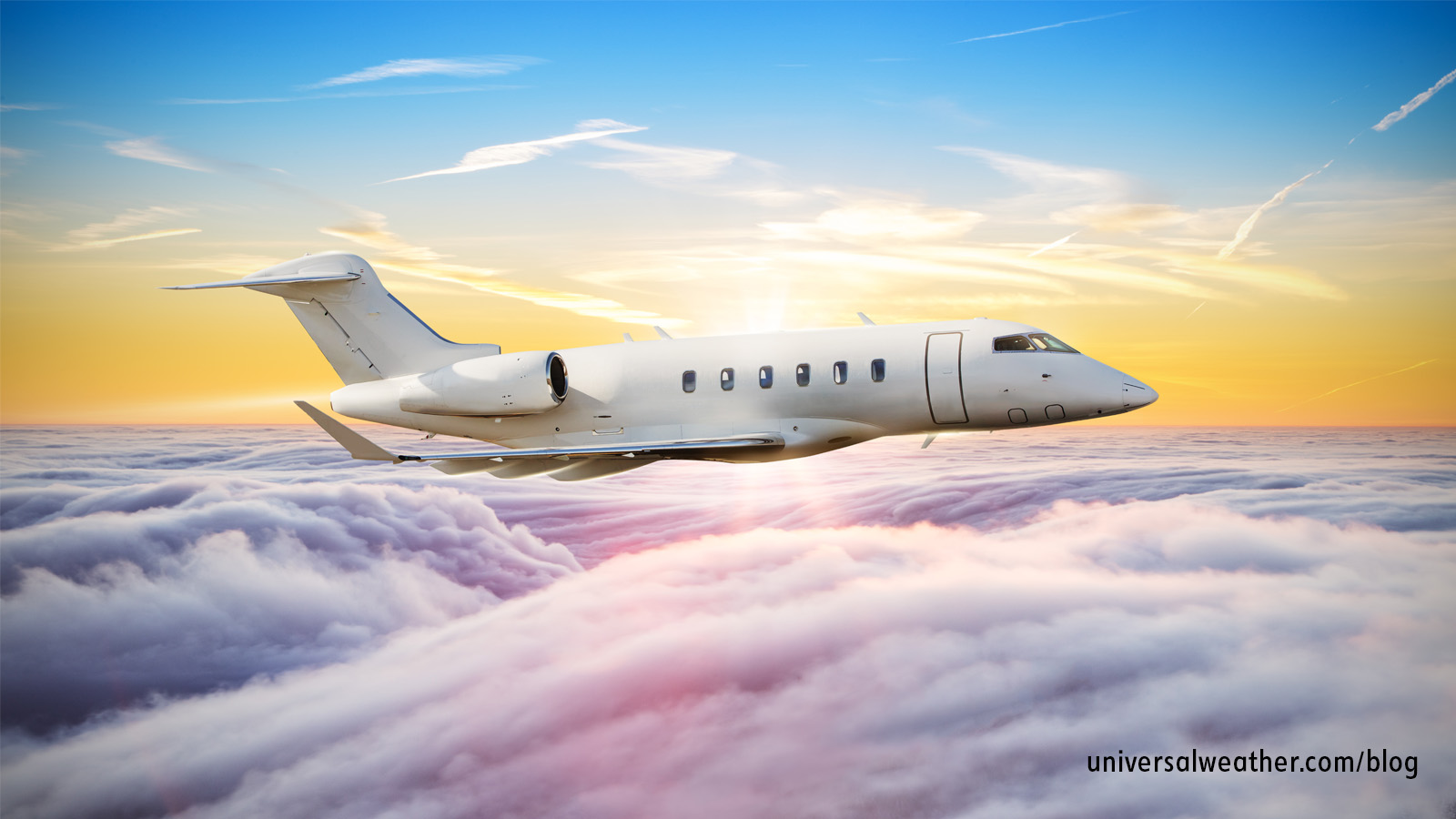Business Aviation in Venezuela Series: Airport Operations

This is a post by author Walter Lindo. Walter is Managing Director for Universal Aviation Venezuela – Caracas. Walter is an expert on business aircraft operations in Venezuela and can be contacted at walterlindo@universalaviation.aero.
This business aviation blog post is part of a series on operating in Venezuela and continues from our last article: "Business Aviation in Venezuela Series: Ground Handling".
While short operations to Venezuela are easier today than they have been, due to the ability to conduct permit-free operations to the country for up to 72 hours, there are still potential challenges to be aware of. It’s important to work closely with your 3rd-party provider and ground handler when planning any flight to Venezuela.
The following is an overview of airport operations when planning a trip to Venezuela:
1. Are there airport curfews to consider?
Caracas (SVMI), Margarita Island (SVMG), and Maracaibo (SVMG) are the only international Airports of Entry (AOEs) in Venezuela open 24 hours. Ciudad Guayana (SVPR); Barcelona (SVBC); Valencia (SVVA); Josefa Camejo (SVJC); Barquisimeto (SVBM); and Caracas, Districto Federal (SVCS) are AOEs with limited hours of operation. Also, for airports such as SVPR, Customs, Immigration, and Quarantine (CIQ) is only available on request – so plan ahead. Curfews and restrictions exist for domestic airports, making advance planning essential. You’ll need a Venezuelan landing permit for operations to any domestic airfield, even if your stay in country is less than 72 hours. For airports with no control tower – such as Canaima (SVCN) near Angel Falls and Los Roques (SVCR) – the Venezuelan Civil Aviation Authority, called the “Instituto Nacional de Aeronautica Civil (INAC)," doesn’t grant permits. Be advised that many domestic airfields have limited services available, and some do not have fuel or fire protection facilities.
2. Are noise restrictions in effect?
No. You may operate Stage 2, or even Stage 1, aircraft to Venezuela without any special permission, procedures, or permits.
3. Where are airports located in reference to city or town centers?
Caracas (SVMI) is located away from the city center. Drive time, depending on traffic, is 45 minutes and up to two hours during rush hour. Other international airports mentioned above are drives of approximately 15 minutes from their respective city centers.
4. Are there special airport processes or procedures to be aware of?
Be mindful of language barriers when speaking with Air Traffic Control (ATC). While English skills are good at SVMI, when you operate to other airports, it’s best to speak slowly and clearly and to use standard phraseology. Aircraft parking is generally tight at SVMI, but there are seldom parking issues at other airports, unless a large local event is in progress. During local events – such as Organization of the Petroleum Exporting Countries meetings, other oil industry-related functions, or presidential summits – you may notice that security is much tighter, and you may encounter ramp delays due to security closures. Your ground handler will assist with arrangements, which can make the arrival process go smoothly. Condition of runways, taxiways, and tarmac at airports in Venezuela is generally good, and operations are seldom impacted by airport construction activity.
5. Any special considerations for extended stays?
There are some important General Aviation (GA) aircraft parking considerations at SVMI. For instance, parking may be located far from the GA terminal. Aircraft are typically not relocated on the airfield and are parked such that operators can power in and out without the need for tow bars. Larger aircraft – Boeing BBJ-sized and above – are often parked on the commercial or cargo side. Be aware that there’s virtually no GA hanger availability throughout Venezuela, even for aircraft maintenance purposes. For maintenance or repairs, operators often relocate to Aruba, Curacao, or south Florida. Be mindful that if you remain in Venezuela beyond the permit-free 72-hour period – even for mechanical issues – a landing permit is required, and this takes time to obtain.
6. Are there peak periods of commercial airline activity to avoid?
Peak periods of commercial operations – typically 1400-1700 local – do not seem to negatively impact GA operations. During peak periods you may be placed in a short holding pattern, but there are no operating restrictions, and delays are usually minimal. When possible, it’s best to avoid operating to Venezuela during major holiday periods as many businesses shut down, and airport traffic can be especially high.
7. May crew members file flight plans directly?
No. Crew members may not file flight plans on their own. In Venezuela you must use a Venezuelan-based dispatcher or ground handler to file domestic or international flight plans.
8. Any tips when dealing with airport authorities?
Best practice is to keep Venezuelan authorities well informed of your movements, schedule changes, and intentions. Due to their constant focus on preventing drug movements, Venezuelan authorities don’t like surprises and are very particular about being informed of any operational changes. Expect long delays if authorities are not properly informed of your movements and schedule changes.
Conclusion
While operations to SVMI of up to 72 hours are relatively straightforward, you’ll encounter permit complexities, curfews, and assorted restrictions when planning domestic ops or longer stays in Venezuela. Best practice is to keep authorities informed of all operational changes.
Questions?
If you have any questions about this article or would like assistance planning your next trip to Venezuela, contact me at walterlindo@universalaviation.aero.
Later, we’ll discuss customs, immigration, and quarantine for Venezuela and their impact on your trip.



